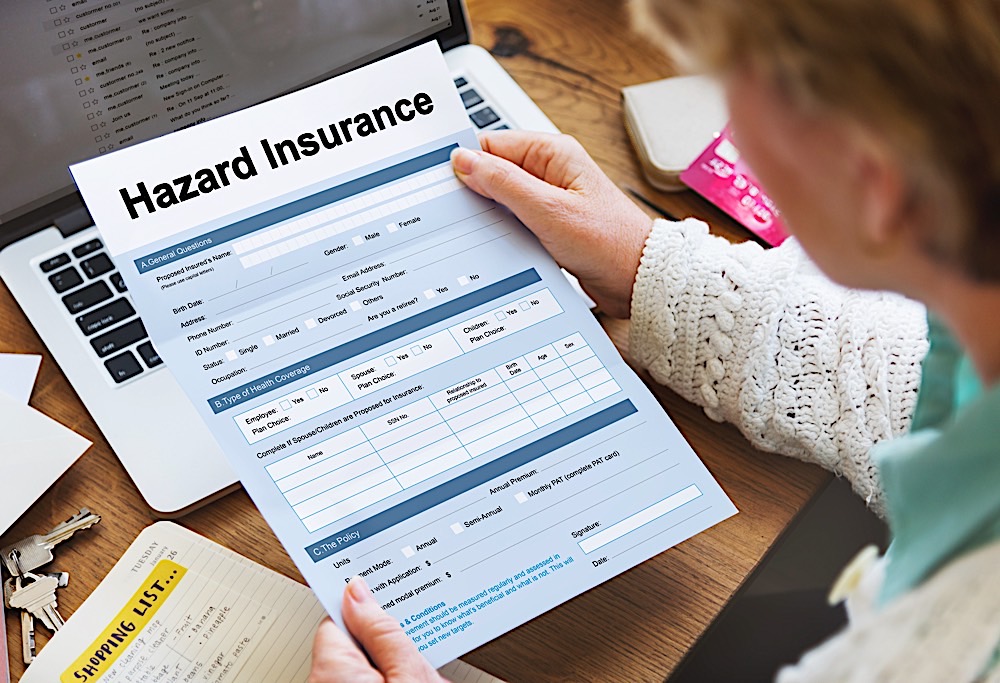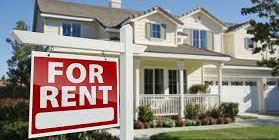Hazard insurance is a kind of coverage that protects a property owner against financial loss incurred as a result of a covered hazard, such as a fire, a severe storm, hail or sleet, or another natural occurrence. As long as the insurance covers the particular weather event in question, the property owner will be entitled to financial compensation to cover the cost of any damage sustained. It is common practice for the owner of the property to be forced to pay the full year's worth of premiums when the policy is purchased; however, the specifics of the policy will determine whether or not this practice is followed.
In common parlance, the terms hazard insurance and catastrophe insurance are sometimes thought to be interchangeable. They are technically two separate things, even though both deal with insurance coverage for major natural catastrophes. In the world of insurance, the term "hazard insurance" refers to the portion of a standard homeowners insurance policy that covers the protection of the home's structure. On the other hand, "catastrophe insurance" is typically used to refer to a policy purchased separately and on its own. It covers specific types of disasters, including those caused by humans.
How Hazard Insurance Works
An individual who owns the property may safeguard it against financial loss by purchasing insurance that covers hazards such as fire, lightning, storms with hail, wind, snow, or rain, and other natural occurrences. The hazard coverage component of a homeowner's insurance policy often covers the primary house and additional surrounding buildings, such as a garage. Most states require this section of the policy. To be ready for any situation that may arise, homeowners need to ensure that their insurance policy package protects them against particular and typical risks.

The minimum amount of liability insurance that must be purchased is determined by how much it would set a homeowner back in the case of a complete loss of their house. This monetary figure could be somewhat different from the worth of the property according to the most recent trends in the real estate market. Usually, policies are issued for one year and may be renewed.
In most cases, the only aspects of your house that are covered by hazard insurance are the building itself, the roof, and the foundation; but, in some plans, coverage might also extend to include your furniture and other personal possessions. Homeowners often have the option to increase the amount of coverage that their insurance policy provides for hazards. It is in a person's best interest to pay the up-front fees of additional hazard insurance rather than deal with the accompanying legal and medical issues out of their own money. A larger amount of hazard insurance may be required for a greater number of homes when severe weather events become more regular throughout North America due to climate change.
Hazard Insurance and Mortgages
It is typical practice for a lender to demand you to have homeowners insurance if you already have or are in the process of obtaining a mortgage on your house. They want you to have hazard coverage since it is the part of the homeowner's insurance that is directly tied to the building of the house itself. Strictly speaking, they want you to have really hazard coverage (as opposed to personal liability, loss of use, or personal property coverage).
Although the level of protection required will depend on the laws of the local municipality and other special considerations, satisfying the lender's requirement can typically be accomplished by purchasing a general homeowners policy. This is even though the level of protection required may vary. The lender may request extra coverage if the property is very valuable and located in a location with high natural disaster risk.
Separate Hazard Insurance Policies
In some regions, certain natural or weather-related activities are not covered by the hazard coverage of homeowner's insurance. In other words, the insurance issuer is trying to keep premiums as low as possible. For instance, a home in Florida positioned directly on the beach might be at risk from hurricanes and other tropical storms; in California, buildings near fault lines are at risk from earthquakes.

To provide appropriate protection for their properties, homeowners who live in high-risk locations nearly always need to get a separate insurance policy for hazards. This may be in the form of a policy that protects against sinkholes and landslides as well as floods, or it might be a flood insurance policy (as these types of earth movements are rarely covered by the hazard coverage of conventional homeowners insurance).




